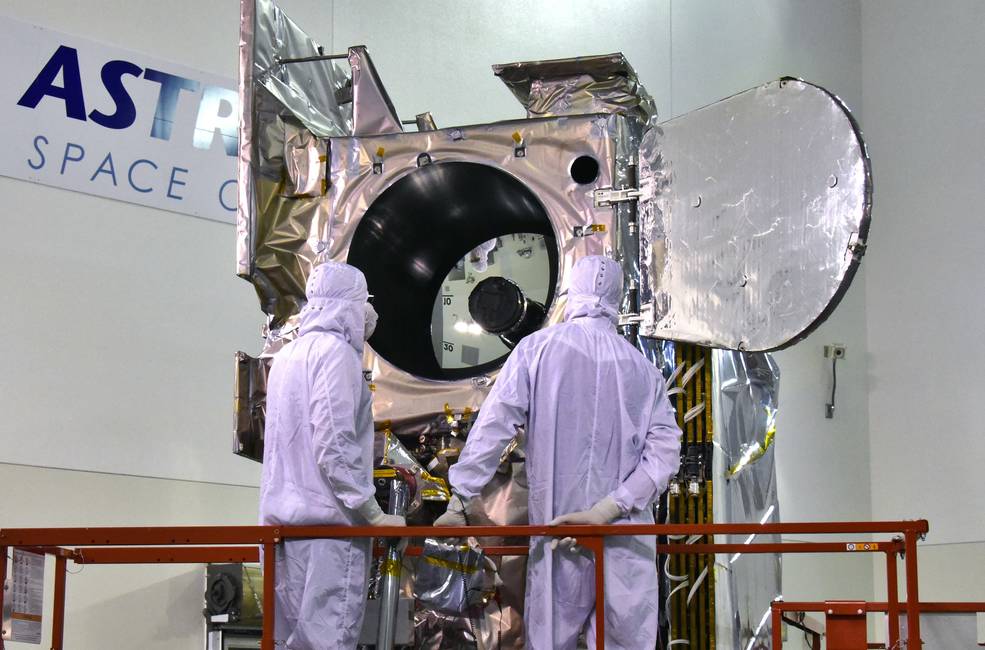NASA to Host Media Briefing on New Ice-Monitoring Mission

NASA will host a media teleconference at 1 p.m. EDT Wednesday, Aug. 22, to discuss the upcoming launch of the Ice, Cloud and land Elevation Satellite (ICESat-2), which will fly NASA’s most advanced laser altimeter to measure Earth’s changing ice. The teleconference will stream live on NASA’s website.
ICESat-2 is scheduled to launch Sept. 15 on a mission to provide critical, precision measurements of Earth’s ice sheets, glaciers and sea ice, which will help scientists better understand how changes at the poles will affect people around the world.
The briefing participants are:
- Tom Wagner, cryosphere program scientist in the Science Mission Directorate (SMD) at NASA Headquarters
- Richard Slonaker, ICESat-2 program executive in SMD
- Doug McLennan, ICESat-2 project manager at NASA’s Goddard Space Flight Center
- Donya Douglas-Bradshaw, Advanced Topographic Laser Altimeter System (ATLAS) instrument manager at Goddard
- Tom Neumann, ICESat-2 deputy project scientist at Goddard
At the time of the briefing, associated graphics will be available online at:
http://svs.gsfc.nasa.gov/13044
Media who would like to ask questions by phone must send an email with their name and affiliation to Steve Cole at stephen.e.cole@nasa.gov by 10 a.m. Aug. 22. Questions also can be submitted during the teleconference via Twitter using the hashtag #askNASA.
The teleconference will be followed at 2:30 p.m. by a live, televised discussion with social media followers and mission experts at Goddard, which manages the ICESat-2 mission for SMD. It will be carried on NASA Television, the agency’s website and NASA’s Facebook Live, Periscope, Twitter, Twitch, YouTube, and UStream channels. Members of the public can ask questions with the hashtag #askNASA on Twitter or in the comment section of the NASA Ice Facebook page.
ICESat-2 will launch from Vandenberg Air Force Base in California aboard United Launch Alliance’s final Delta II rocket. For more information on the mission, visit:
For more information about NASA’s Earth science activities, visit:
-end-





